 Roland Daignault, N1JOY writes on BCRA-club list:
Roland Daignault, N1JOY writes on BCRA-club list:
For those of you who did not hear yet, yesterday we had an absolutely perfect radio contact between the [International Space Station] and the Kuss Middle School (Fall River, MA) students. The entire pass was just under 10 minutes long, and the kids were able to ask 22 questions, and we lost signal right at the end of John Phillps’, the astronaut operating NA1SS, 22nd answer.
Ham Radio got plenty of local press too! TV channels 6, 10, & 12 were there, along with Comcast, and FRED TV (Fall River Educational TV), Fall River Heald News, and The Spirit weekly newspaper. The Herald News gave us front page coverage! We also had nice TV spots on channels 6 & 10. (Did anybody see a spot on TV 12 yet?)
We were set up in the Kuss library with about 50 people present, including Mayor Lambert, and Senator Menard who presented a citation to the Kuss students for their work. Frank Bauer, the ARISS coordinator, also flew into town to see our event. We had 12 students lined up with 2 questions each to ask, so almost every kid got 2 chances at the microphone. We also set up an ATV link to the church hall across the street where about 50 more people were watching our live video feed of the event projected onto a large screen.
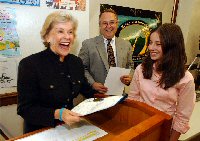
Needless to say, there were plenty of smiling faces at the end of the event. To show how seriously the Kuss faculty took this event, our contact began at 2:24 PM, and school let out at 2:30, about half way through our ISS pass. You would never had known there was anybody else in the school at 2:30! The school bells did not ring, the kids were asked to be quiet, and were only let out of the exits at the opposite end of the school. Security guards kept the front of the school clear of kids, and the Fall River PD had Rock street closed down! It was definitely an effort in noise control that worked perfectly! No outside noise was heard even though we had most of the library windows open to let some cool air inside.
We used the schools equipment, which consisted of a Yaesu FT-847, Mirage 180 Watt brick amplifier, and an M-Squared 22 element 2 Meter cross Yagi. The antenna is turned by a Yeasu AZ/EL rotor, which we controlled with a laptop running Nova for Windows. There was also a backup station on hand, and luckily not needed. This consisted of an Icom IC-2100H 2 Meter mobile, my RF Concepts 170 Watt brick amplifier, and a Diamond X-500HNA vertical antenna. The school antenna is normally run into Joe Cote’s (KB1LJG) classroom on the 5th floor, but are easily extended to the library 2 floors down by attaching my portable satellite antenna umbilical cord as an extension for the coax cables and rotor control cables, which were conveniently wired with the same style connectors just for this reason.
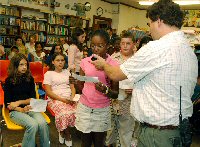
I want to thank everybody who helped to make this event possible and gave me unconditional support. Of course W2DAN, who has been there every time for the last 2 years. N1RHS & WA1ESO who were there Thursday night until 9:30 PM helping to set up the equipment. Also KB1CNA and WB1HGA who were there to assist on Friday. Also I cannot forget N1DU who donated some very cool commerative patches that were designed by the school, and he was able to embroider on short notice.
(See also: Fall River ARC, Bristol Co. RA Featured in Herald News Story.)
Photos: Left: Senator Joan Menard and Mayor Ed Lambert present Shantae Martins (KB1LKW) a citation recognizing Kuss’s achievments. Right: Kathryn Cooper from Central Park Middle School in Schenectaty, NY, takes a turn asking her question. Next in line is Evan Darmondy, who was interviewed by TV Channel 6. Sitting are (left) Thalita Xavier (KB1MJP) and (right) Jennifer DeLeon (KB1MNK).



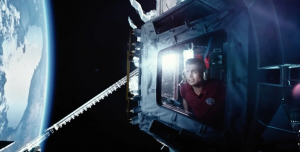
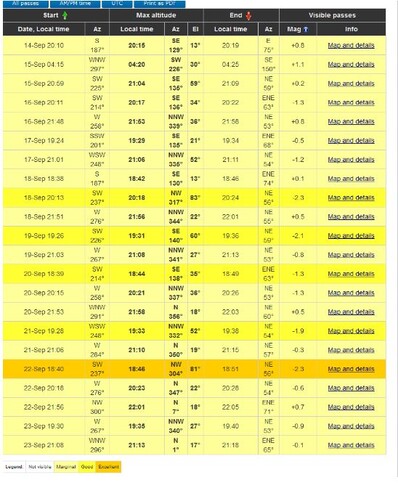
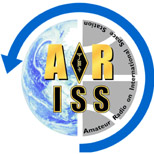 From ARRL Web:
From ARRL Web:
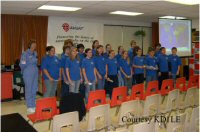 Members of the
Members of the  Roland Daignault, N1JOY writes on BCRA-club list:
Roland Daignault, N1JOY writes on BCRA-club list:
